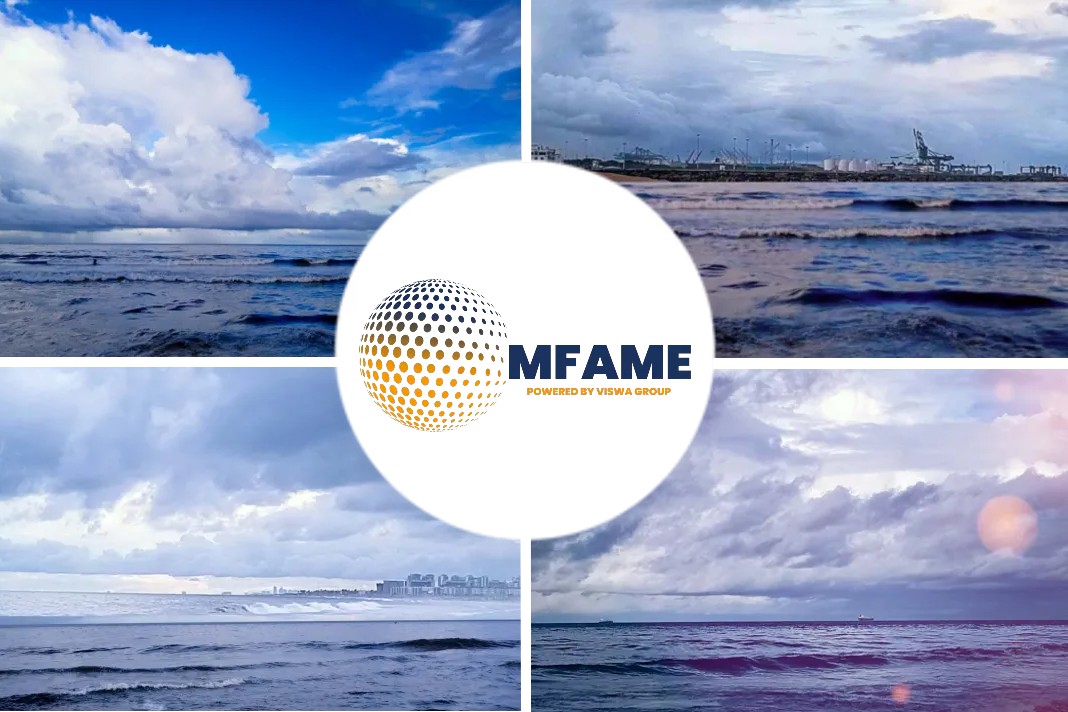- The two busiest ports in the U.S., the neighboring facilities of Los Angeles and Long Beach set a new monthly records for inbound container traffic this summer and fall.
- A lot of current cargo traffic is just catch-up from the shipping interruptions of the early days of the pandemic.
- The pandemic-related shift in spending away from in-person services and toward goods, which is driving much of current U.S. demand for imports, won’t go on forever.
- Standardized containers transformed global trade by making it possible to get stuff on and off of ships much, much more cheaply and quickly than before.According to a recent news report in Bloomberg Quint, container shipping is booming, whereas wont last longer writes Justin Fox.
A big reminder about supply chain risk
this fall’s offshore traffic jams and high costs — container shipping rates from Asia to Los Angeles are more than twice what they were a year ago — are yet another reminder that supply chains stretching across oceans are subject to risks that were mostly glossed over during the great globalization boom of the 1990s and 2000s.
Marc Levinson’s book
A major theme of Marc Levinson’s smart and exceptionally well-timed new book, “Outside the Box: How Globalization Changed from Moving Stuff to Spreading Ideas.”
Levinson, an economist who has worked both in journalism and on Wall Street, is author of “The Box,” perhaps the definitive history of, as the 2006 book’s subtitle puts it, “How the Shipping Container Made the World Smaller and the World Economy Bigger.”
Now he’s here to declare that the age of ever-expanding global trade the shipping container helped enable ended a little over a decade ago with the global financial crisis and subsequent Great Recession, and it isn’t coming back.
Denmark’s A.P. Moeller-Maersk A/S
The reaction of the container-shipping industry, led by Denmark’s A.P. Moeller-Maersk A/S, was to build ever-bigger ships to cut down on per-container fuel costs.
But these giant ships — first the “Euromax” vessels that began to ply the oceans in 2006 and then the 20%-bigger “Triple-Es” (for economies of scale, energy efficiency and environmental improvements) that arrived in 2013 — have not really delivered.
They are slower, sail less frequently, put new strains on ports and on balance have “made transport less reliable,” concludes Levinson.
Did you subscribe to our daily newsletter?
It’s Free! Click here to Subscribe!
Source: Bloomberg Quint

















